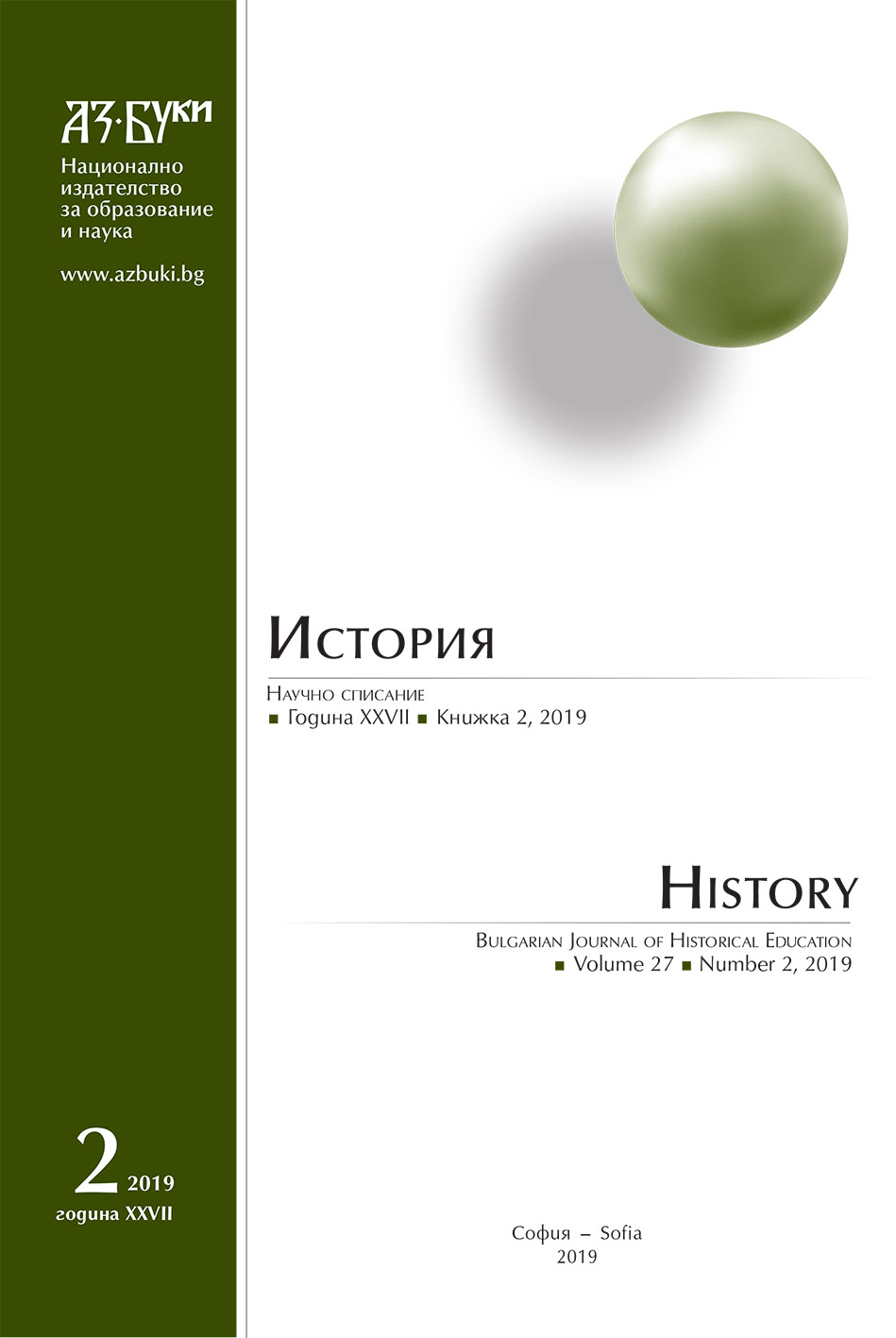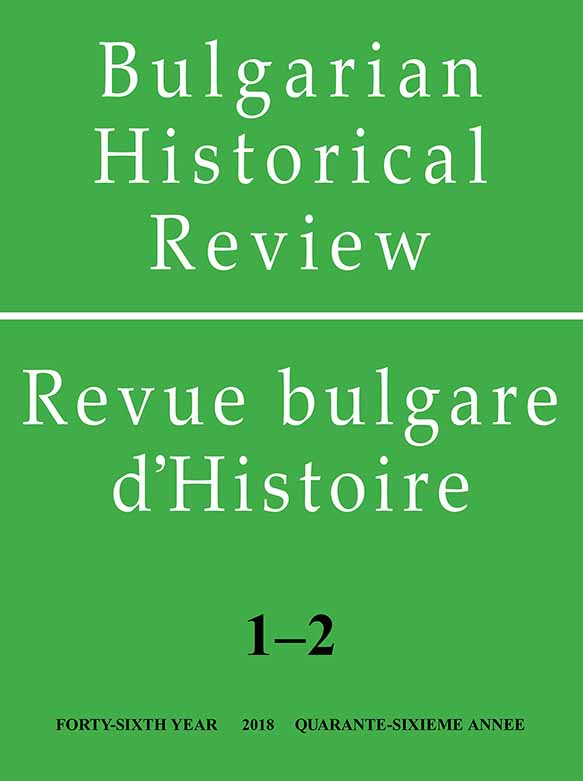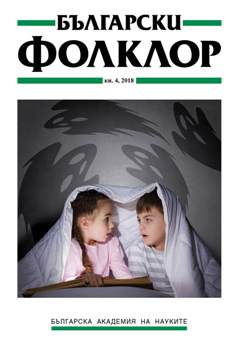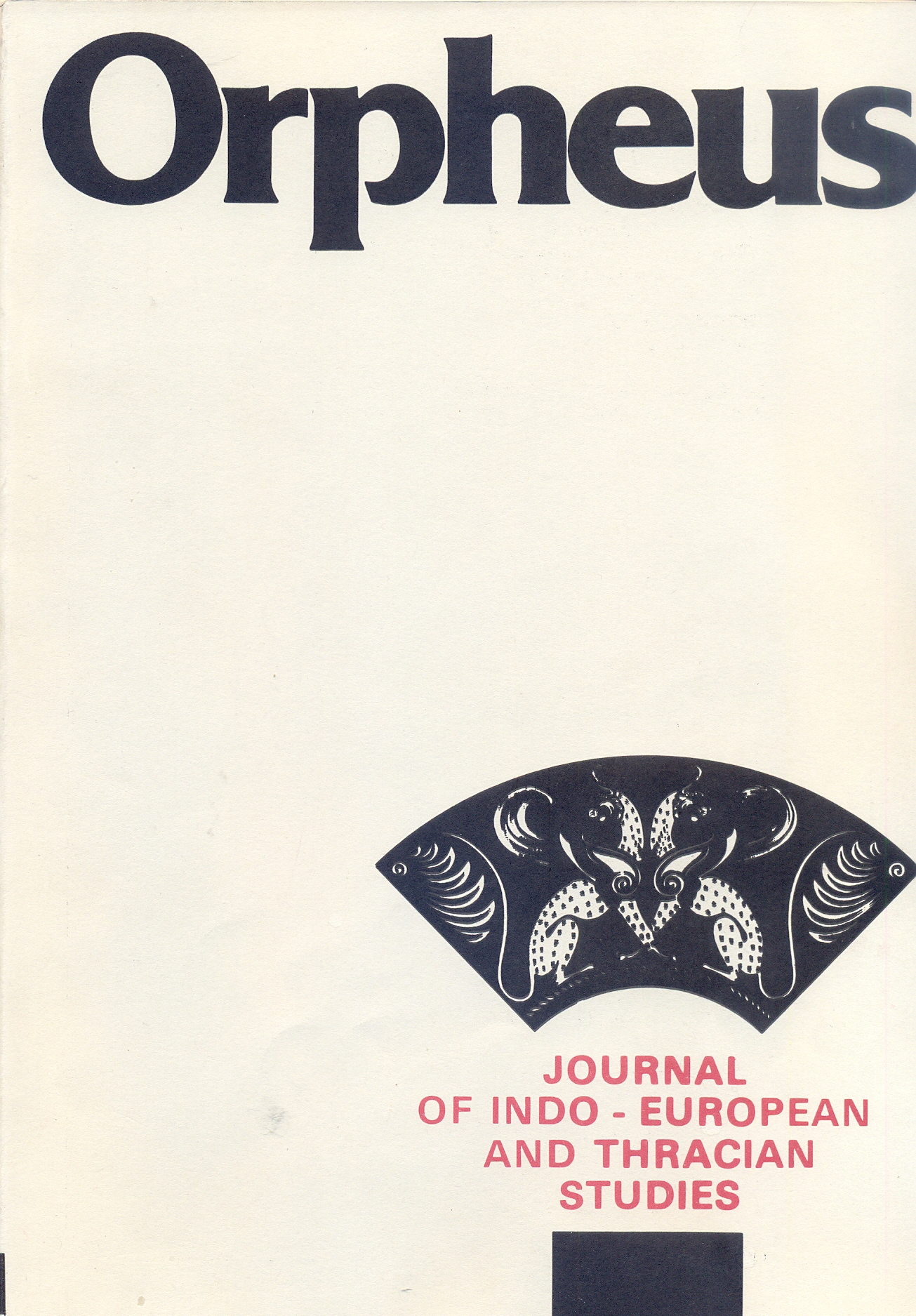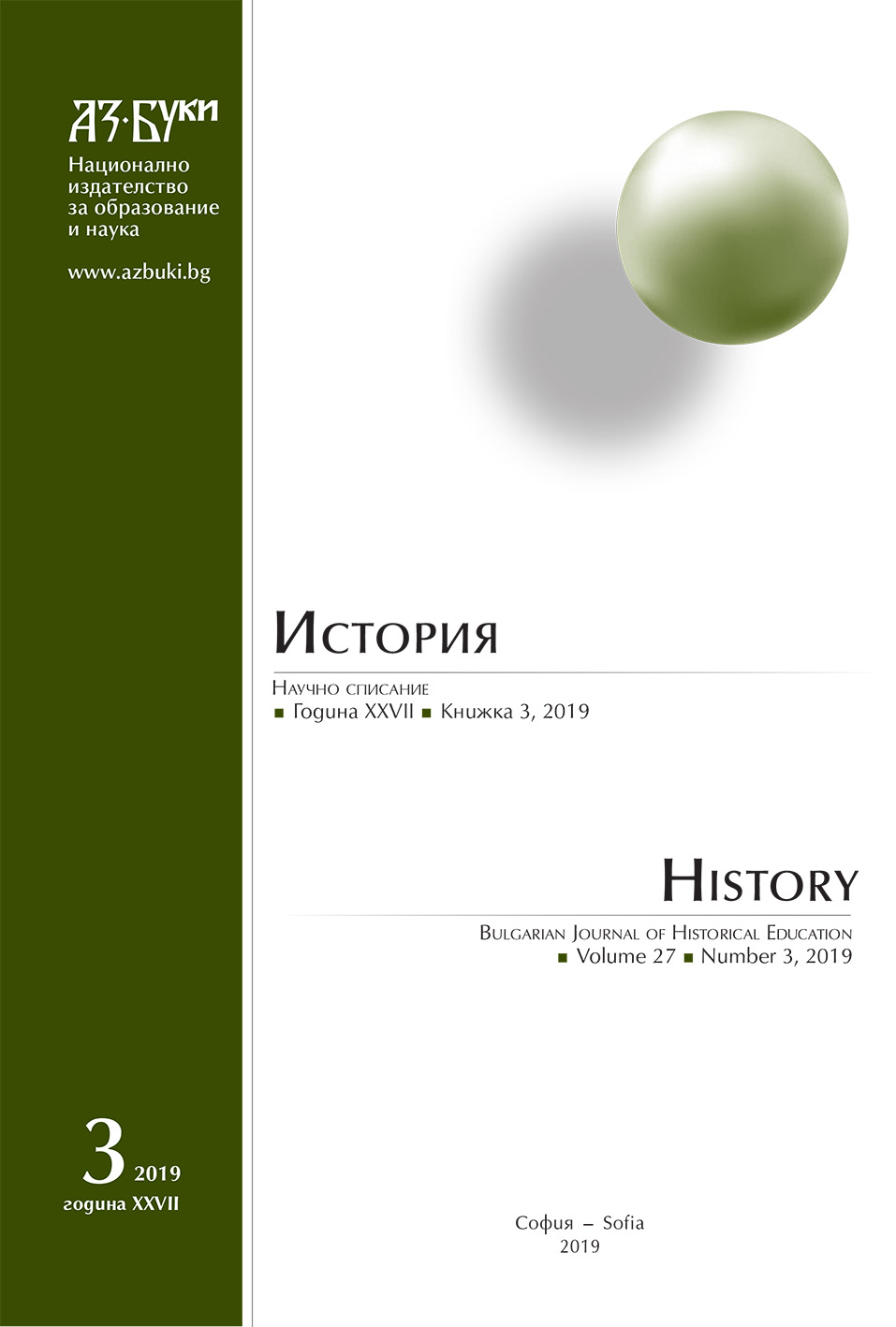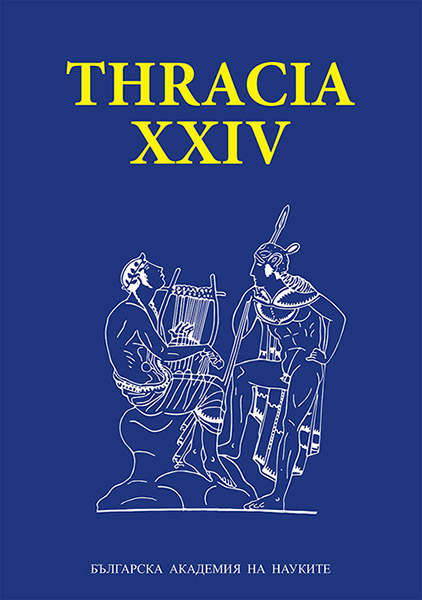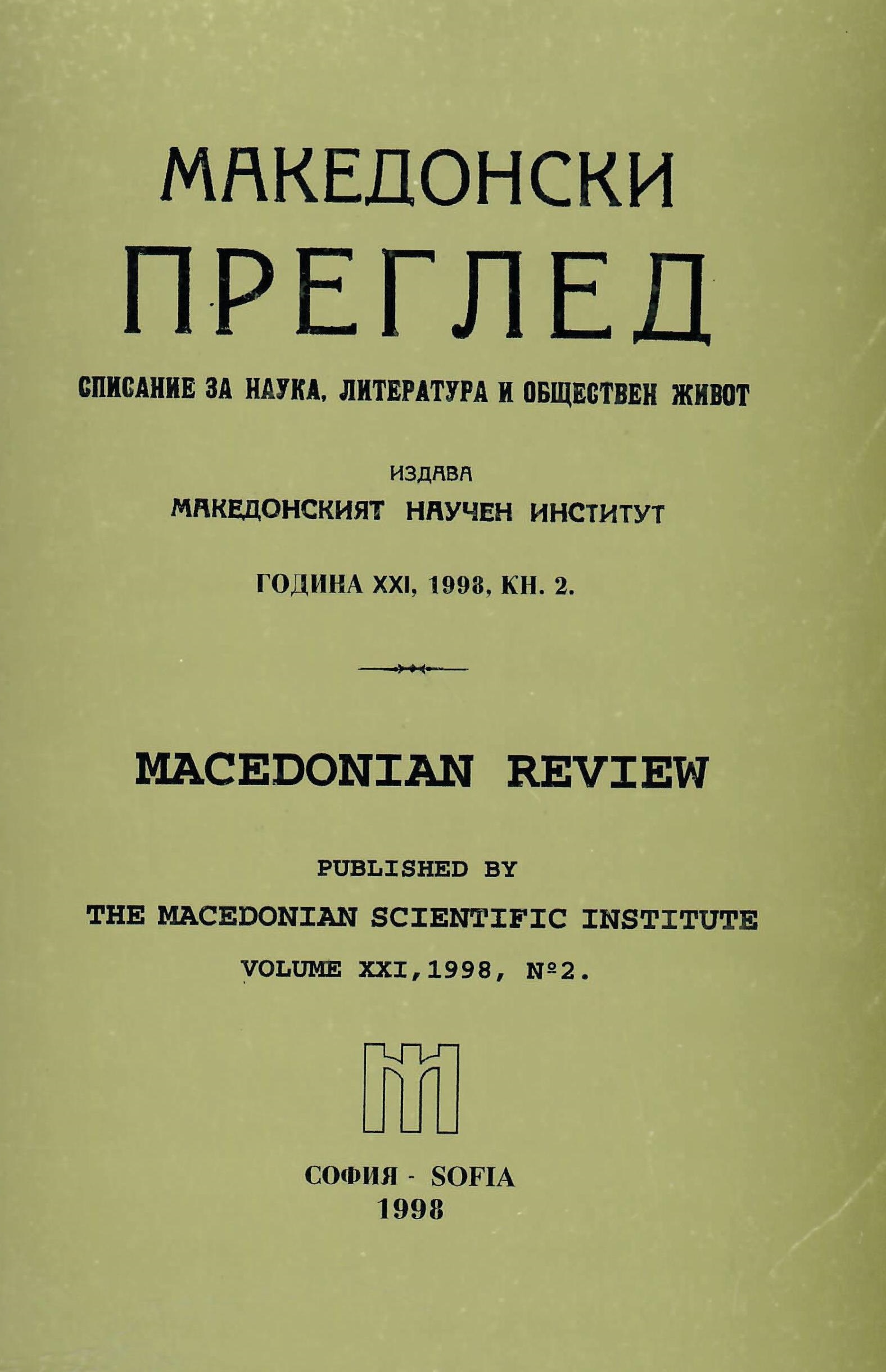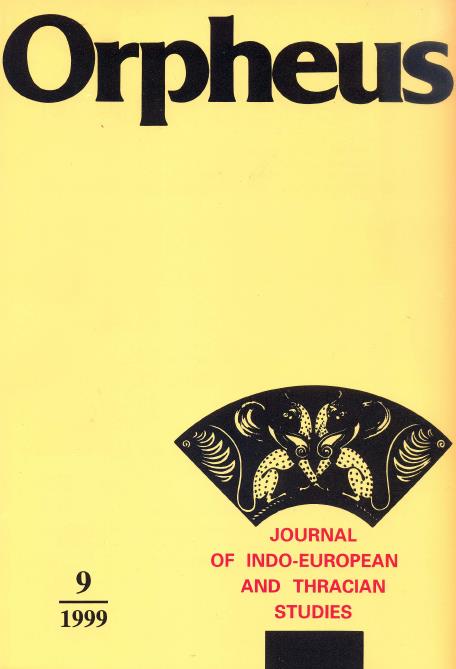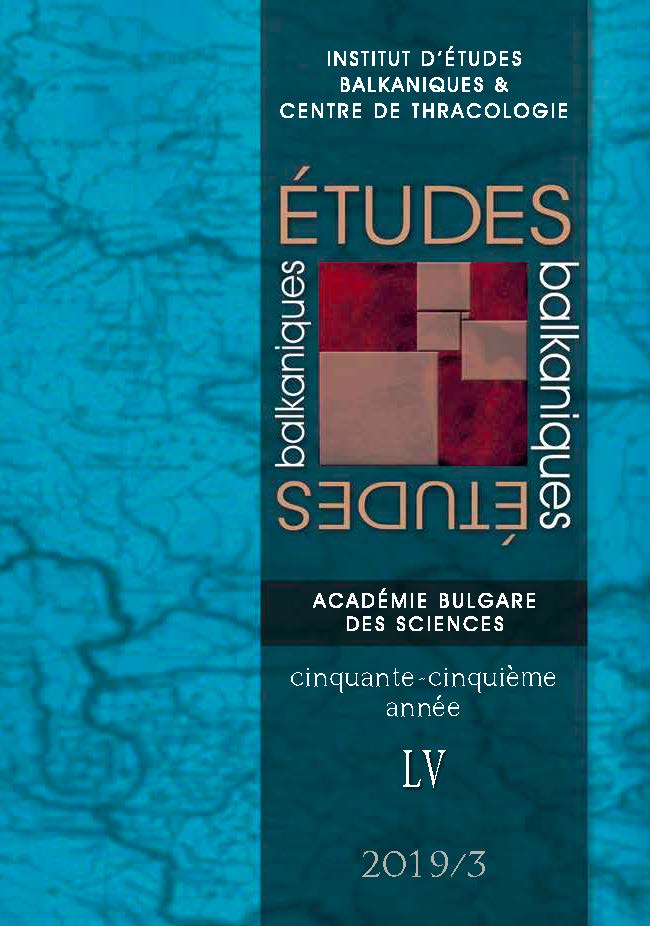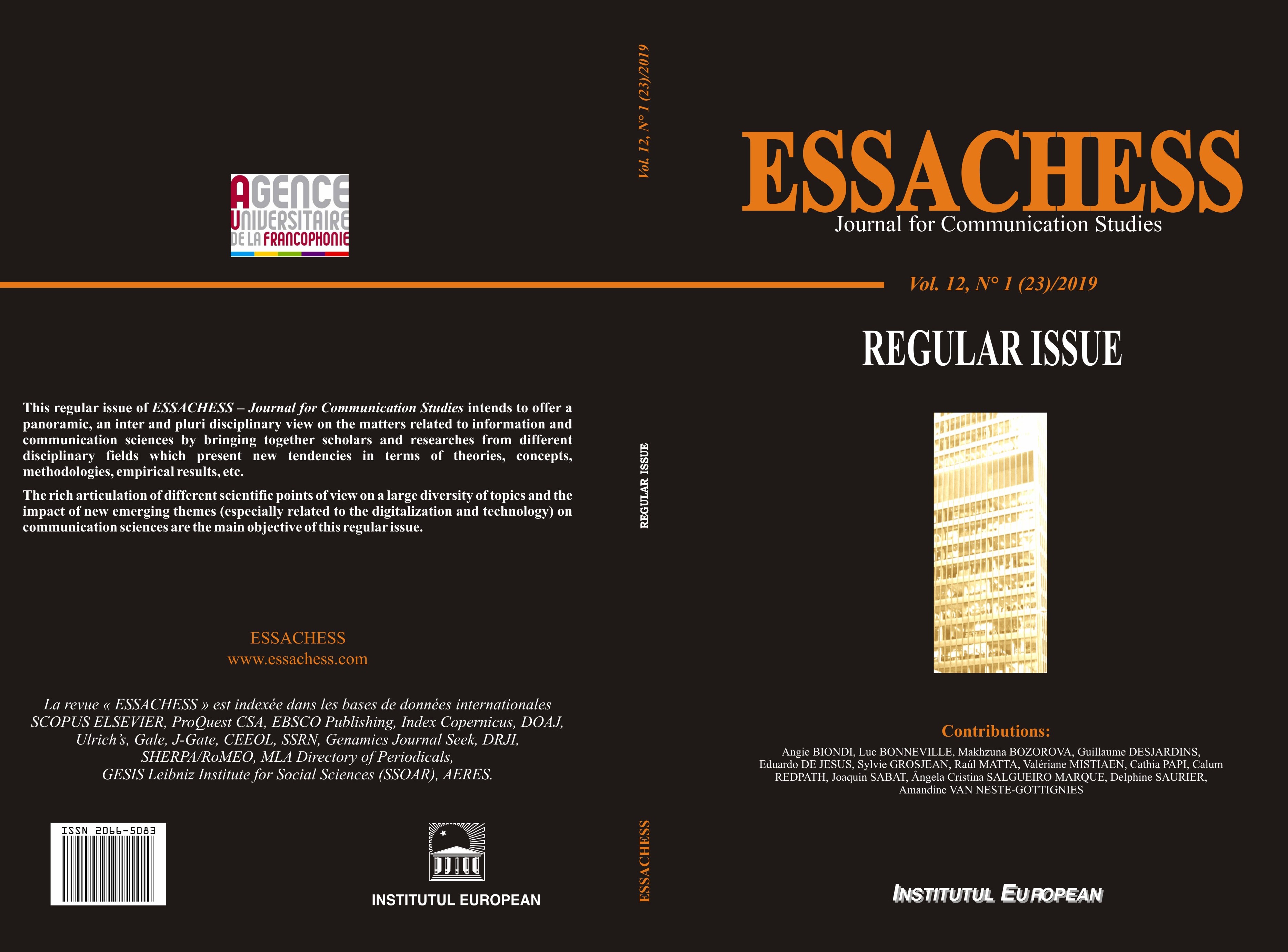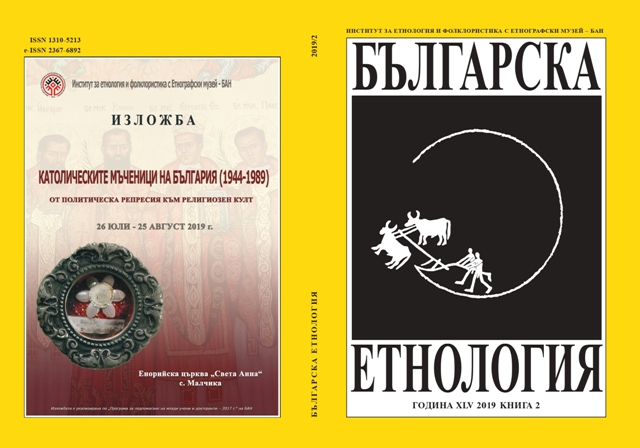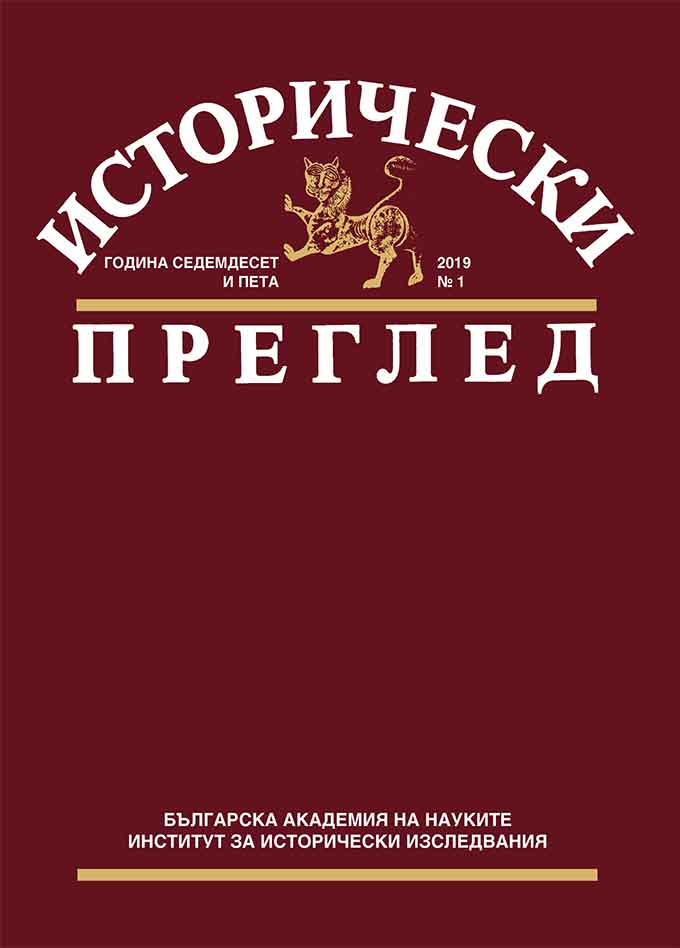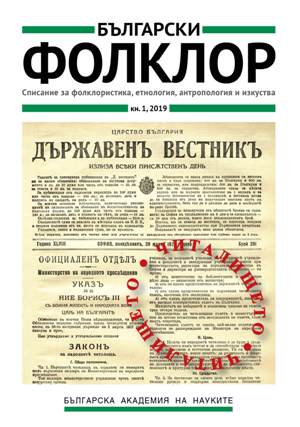Author(s): Irina Sotirova / Language(s): English
Issue: 1-2/2018
Today, Bulgaria is both a political and a cultural member of Europe, while Korea forms a common areal with its neighbours, China and Japan. Throughout the centuries, however, both countries, located geographically on the road of intensive commercial and cultural exchange, experienced the impact of nomad peoples, like the Mongols and the Turks. This is why today we can find many similar elements in the culture of Korea and that of Bulgaria, which are the result of the centuries-long thread connecting Koreans, Mongols, Turks and Bulgarians. One of these elements worthy of academic research is the deified Heaven known as tengri, which most probably lies at the core of the names Tangra in Bulgaria and Tangun in Korea.
The Korean Tangun is only mentioned once in the work of the Buddhist monk Iryeon from the 13th century as a celestial son, founder of the first Korean kingdom – Ancient Joseon. The name Tangra was deciphered by some scholars in Bulgaria from a Turkish manuscript which did not survive to this day and a somewhat illegible writing on a stone pillar. Throughout the centuries, there have been no traces in either country of people worshipping Tangun or Tangra. There is no historical, archaeological or ritual evidence supporting the existence of a religious cult of the two deities. However, in modern times, in both Korea and Bulgaria, Tangun and Tangra have been brought to public attention as the symbols of an ancient proto-Korean and proto-Bulgarian religion, respectively. For patriotic reasons, the two peoples have brought Tangun and Tangra to the foreground in opposition to the official religion. The aim is to derive a monotheistic religion from one main proto-deity to equate (and why not to precede) the official religions (Christianity in Bulgaria, and Confucianism and Buddhism in Korea).
This study investigates the construction of the image of Tangun as a supreme national symbol in Korea and draws a parallel with Bulgarian Tangrism. It focuses on the transformation of the image of Tangun in Korea from a deified mythological hero into a historical figure, through a large-scale, well-coordinated and well-funded state policy. While the cult of Tangra in Bulgaria is a source of national pride for some Bulgarians, it has not received the strong state support the cult of Tangun in Korea has.
More...
